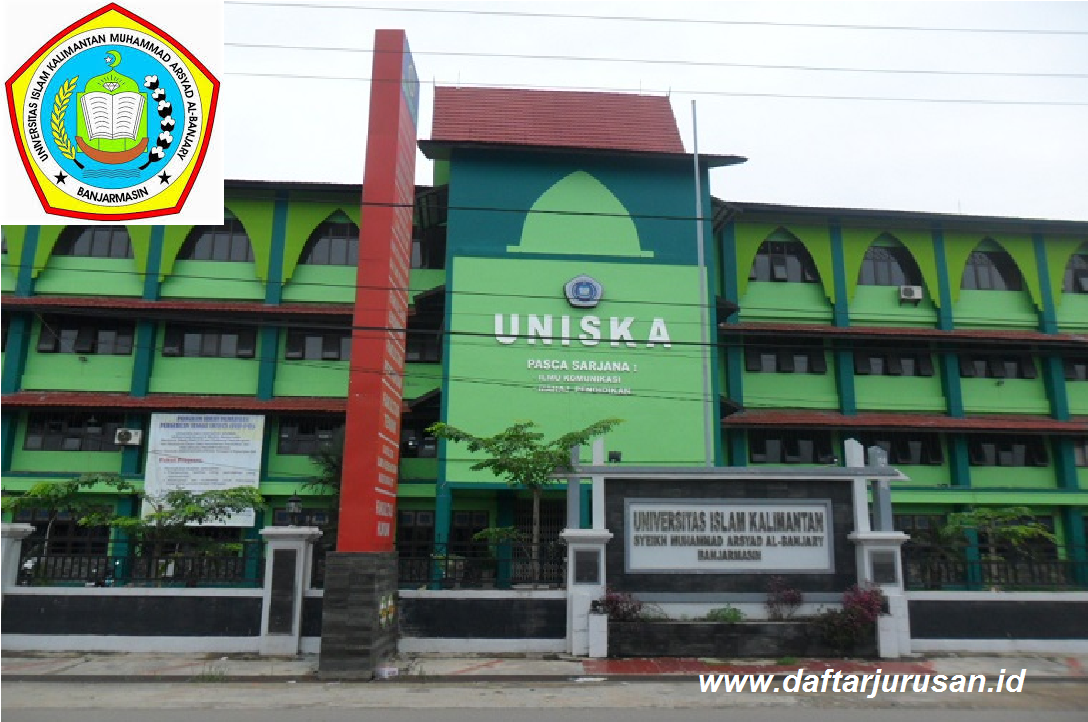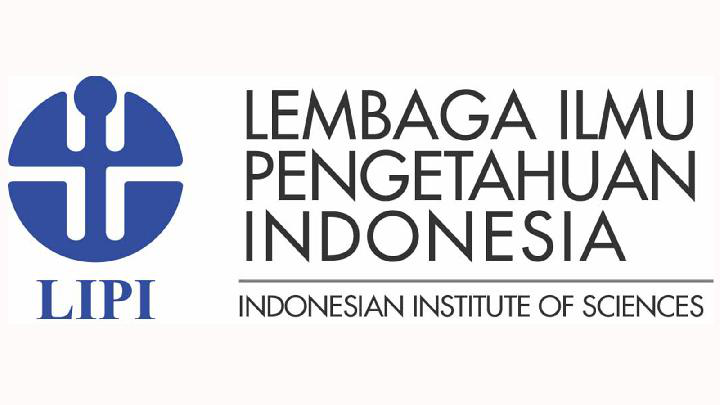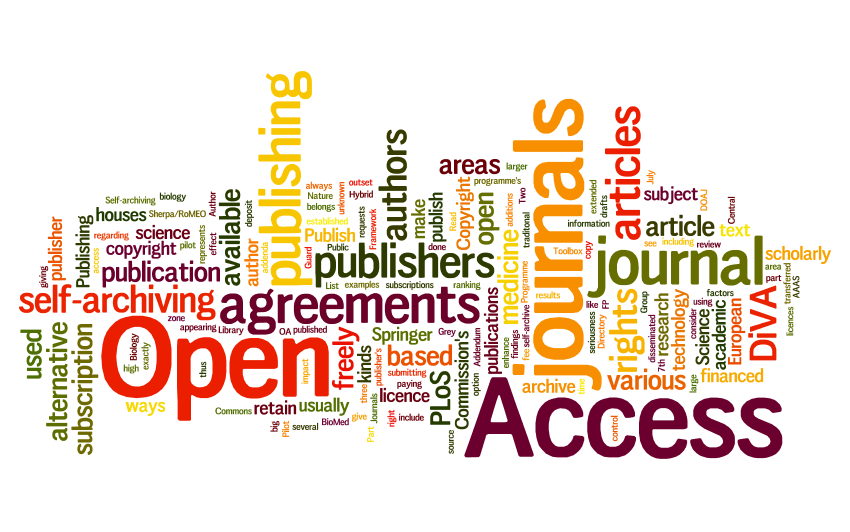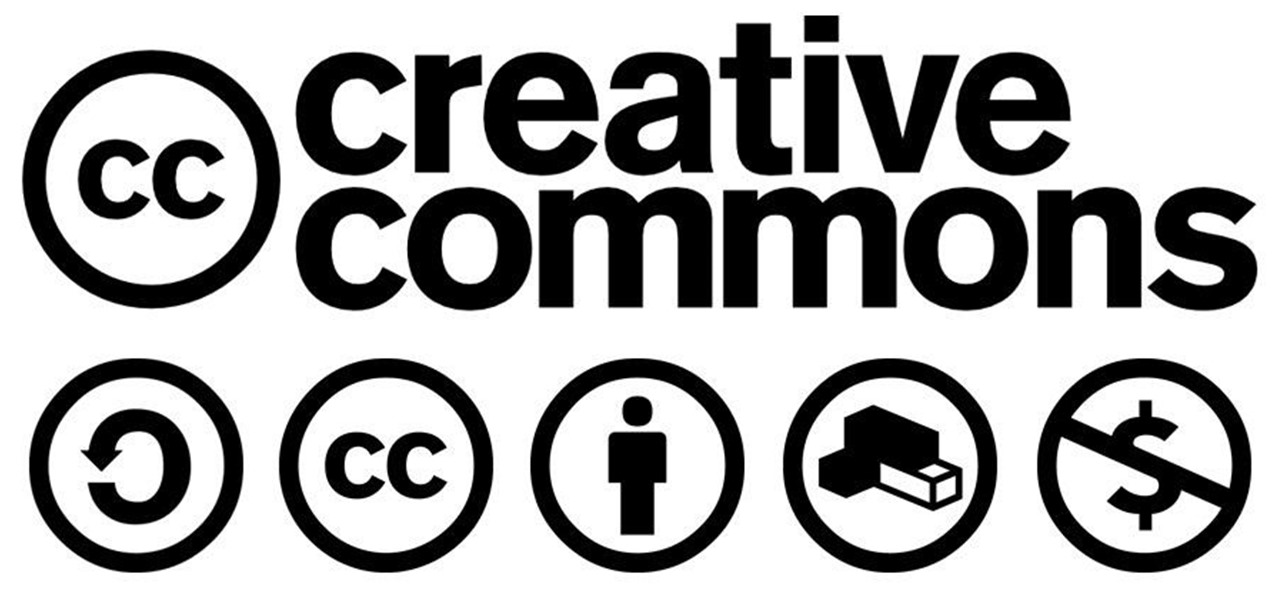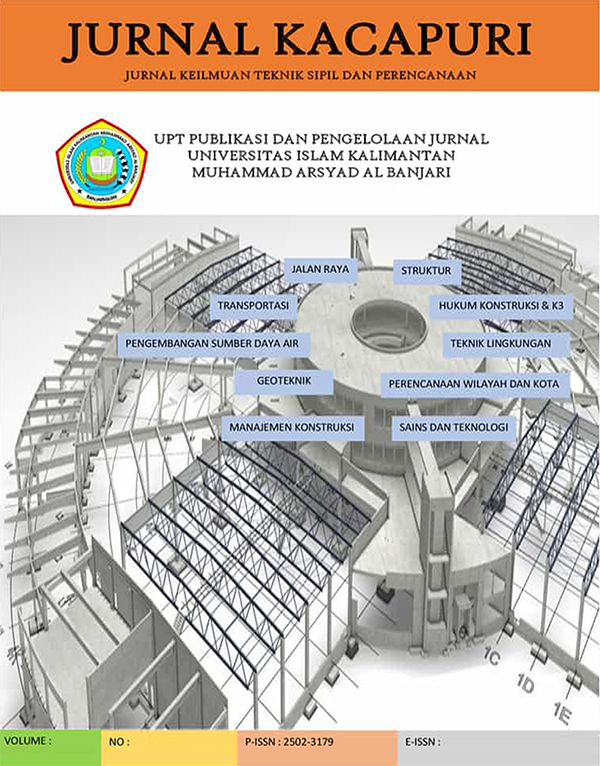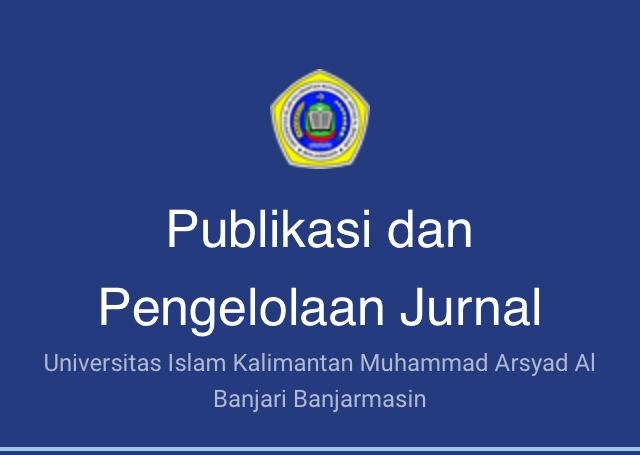ANALISA PENERAPAN MANAJEMEN WAKTU PADA PROYEK KONSTRUKSI JALAN LINGKUNGAN (Studi Kasus : Perumahan Komplek Teratai Putih Kalimantan Selatan)
(1) Universitas 17 Agustus 1945 Samarinda
(*) Corresponding Author
Sari
Manajemen waktu adalah bagian esensi dari setiap aktivitas proyek. Potensi pemborosan dan kegagalan proyek akan semakin besar tanpa manajemen waktu yang optimal. Waktu menjadi salah satu sumber daya unjuk kerja. Sumber daya yang mesti dikelola secara efektif dan efisien. Penelitian ini secara khusus membahas bagaimana pelaksanaan manajemen waktu proyek konstruksi jalan lingkungan oleh kontraktor Perumahan Komplek Teratai Putih Kalimantan Selatan. Analisa pada penelitian ini sesuai dengan aspek-aspek manajemen waktu, yaitu mengenai schedule, monitoring, analisis, corrective action, update schedule. Dari hasil analisis disimpulkan bahwa manajemen waktu yang dilakukan oleh perusahaan kontraktor Perumahan Komplek Teratai Putih Kalimantan Selatan sudah melaksanakan dengan baik hanya belum mampu dilaksanakan dengan optimal dikarenakan adanya hambatan yang ditemui dalam pelaksanaan aspek manajemen waktu. Hambatan yang sering ditemui terjadi pada pengendalian proyek. Selama proses pengendalian proyek, schedule mengikuti perkembangan proyek dengan berbagai permasalahannya. Selain itu proses monitoring selalu dilakukan untuk mendapatkan penjadwalan yang paling realistis agar alokasi sumber daya dan penetapan durasinya sesuai dengan sasaran dan tujuan proyek. Hal ini sangat penting untuk dilaksanakan karena analisis hasil pekerjaan dapat dilaksanakan dari hasil monitoring yang teratur.
Time management is an essential part of every project activity. The potential for waste and project failure will be even greater without optimal time management. Time is one of the resources for performance. Resources that must be managed effectively and efficiently. This study specifically discusses how the implementation of time management of environmental road construction projects by the White Lotus Complex Housing contractor in South Kalimantan. The analysis in this study is in accordance with aspects of time management, namely regarding schedule, monitoring, analysis, corrective action, update schedule. From the results of the analysis it was concluded that the time management carried out by the Housing Project of the White Lotus Complex in South Kalimantan had been implemented properly only had not been able to be implemented optimally due to obstacles encountered in the implementation of time management aspects. Barriers that are often encountered occur in project control. During the process of controlling the project, the schedule follows the development of the project with various problems. In addition, the monitoring process is always carried out to get the most realistic scheduling so that the allocation of resources and determination of duration is in accordance with the project goals and objectives. This is very important to implement because analysis of work results can be carried out from regular monitoring results.
Teks Lengkap:
PDFReferensi
Cadle, J. dan Yeates, D. (2007). Project Management for Information Systems. Fifth Edition.
Clough, G.A, Richard H. dan Sears. (1991). Construction Project Management. Edisi 5. Canada: John Willey & Sons Inc.
Ervianto, W.I. (2004). Teori-Aplikasi Manajemen Proyek Konstruksi. Yogyakarta: Andi.
Ervianto, W.I. (2002). Manajemen Proyek Konstruksi. Yogyakarta: Andi.
http://www.ilmusipil.com/pengawasan-dan-pengendalian-waktu- pekerjaan-proyek
http://www.ilmusipil.com/pengawasan-dan-pengendalian-proyek
Laudon, K.C. dan Laudon, J.P. (2013). Management Information Systems: Managing the Digital Firm. 13th Edition.
Marchewka, J.T. (2009). Information Technology Project Management. Third Edition.
Olson, D.L. (2003). Introduction to Information Systems Project Management. Second Edition.
Schwalbe, K. (2010). Information Technology Project Management. Revised Sixth Edition.
Soeharto, I. (1999). Manajemen Proyek: Dari Konseptual Sampai Operasional. Jakarta: Erlangga
DOI: http://dx.doi.org/10.31602/jk.v2i1.2063
Refbacks
- Saat ini tidak ada refbacks.

This work is licensed under a Creative Commons Attribution 4.0 International License.



